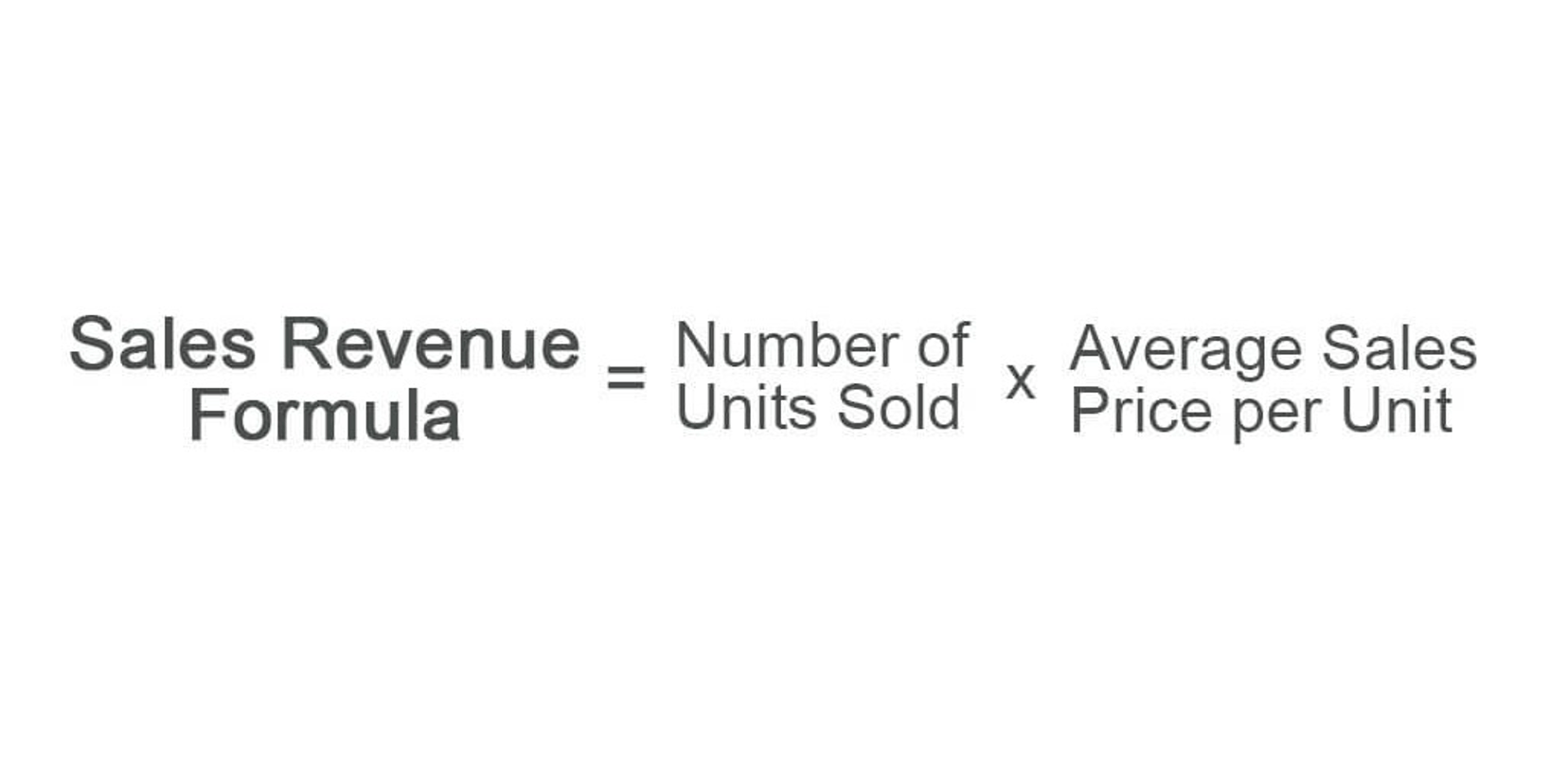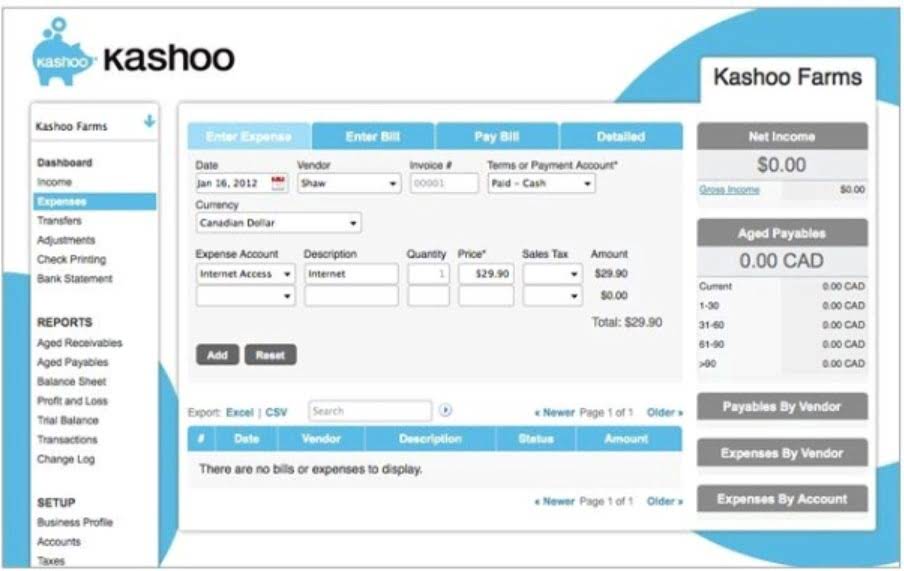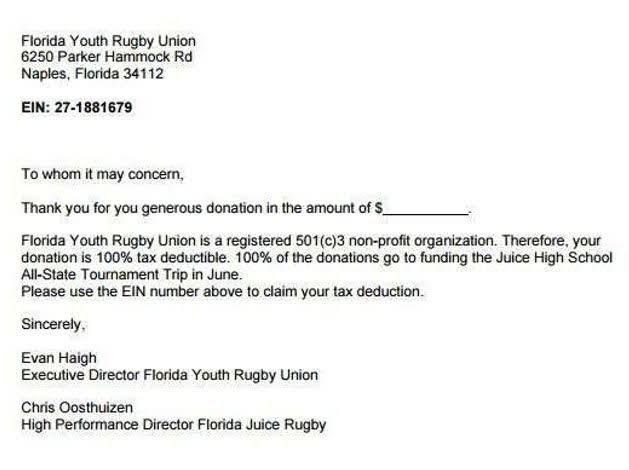
Once you have viewed this piece of content, to ensure you can access the content most relevant to you, please confirm your territory. These materials were downloaded from PwC’s Viewpoint (viewpoint.pwc.com) under license. Here’s how these statements are prepared, and some important best practices to keep in mind. It has subsidiaries around the world that help it to support its global presence in many ways.
- In this section, we’ll go over some specific requirements that may be applicable to your organization.
- The private company has less requirement in preparing the financial statement while the public company needs to comply with many regulations such as IFRS, SEC, and other local guidelines.
- Berkshire Hathaway (BRK.A/BRK.B) is a holding company with ownership interests in many different companies.
- A subsidiary generally has its own financial statements if it is a public company; however, it is also included in the parent company’s consolidated financial statements, which aggregate the reporting results of all subsidiaries.
- In this article, we’ll explore the differences between standalone and consolidated financial statements, and why they matter for your business.
- For example, if the parent company doesn’t bring in as much money as its subsidiaries, together the parent company and its subsidiaries show how much more this conglomerate is worth than the parent company is worth alone.
Shareholder equity

The investor just needs to know that the parent company is healthy and economically viable. The shareholder’s equity portion of the balance sheet needs to be allocated based on the ownership stake Company A has in each consolidated subsidiary. This is as simple as multiplying the shareholder’s equity of each subsidiary by the percentage representing that https://www.bookstime.com/articles/how-to-write-construction-invoice ownership. As an example, let’s say that Company ABC has a 40% controlling interest in its unconsolidated subsidiary, Business XYZ, which it created as an SPV for a new construction project in a foreign country that will only last for a year. The basic difference between the balance sheet and a consolidated balance sheet is the inclusion of another company (which we call a subsidiary) in a consolidated balance sheet. For example, if a company owns 55% of another company, a minority interest will be added (in a similar proportion) in the equity section.
Balance Sheet vs. Consolidated Balance Sheet

Unconsolidated Financial Statements show the Financial Position, Performance, and Cash Flows of a ‘Single Entity’, WITHOUT combining the financial results of its subsidiaries. In this case, the financial statements of the parent company and its subsidiaries are prepared separately, and the results are presented separately. As stated earlier, the combined statement is much easier to prepare, since it simply requires a separate financial statement for each entity.
- Though this is the most surface-level understanding of the balance sheet, we can develop this understanding once you understand it.
- Unrealized gains or losses can make consolidated financial statements inaccurate, especially if they result from intercompany transactions.
- Because ABC owns more than 20% of XYZ (but less than 50%), it will use the equity method of accounting for its unconsolidated subsidiary.
- Ensure that all entities to be consolidated should be consolidated before going through the rest of the process.
- If an investor wants to know how each individual subsidiary is doing, it is helpful for the investor to see a combined financial statement, rather than a consolidated statement.
- This type of financial statement is useful in understanding the financial position and performance of a specific entity without any influence from its subsidiaries.
Unconsolidated Subsidiary: Meaning and Examples
If a public company wants to change from consolidated to unconsolidated, it may need to file a change request. Switching may also raise concerns with investors or usher in complications with auditors, so filing consolidated subsidiary financial statements is usually a long-term financial accounting decision. There are, however, some situations where a corporate structure change may call for a changing of consolidated financials, such as a spinoff or acquisition. Dividends received from the subsidiary are recognized as income in the parent company’s income statement, rather than reducing the carrying amount of the investment.

What Is an Unconsolidated Subsidiary?

All revenue generated https://www.facebook.com/BooksTimeInc/ by the parent company and each subsidiary should be included for the applicable reporting period. You should also include the net income of the business as a whole in this section. Companies must usually prepare a consolidated income statement to meet compliance laws and standards within their jurisdiction. Accounting processes can get complex when a parent company has to consolidate its subsidiaries. Each entity may have separate procedures and documentation methods, making it difficult to report on the big picture. In a consolidated balance sheet, these notes will also name the subsidiaries that have been consolidated while informing the reader that inter-company transactions have been removed (more on that in a minute).
Understanding Combined Financial Statements

The exact line items within the statement may vary between organizations, so we’ll break this down more broadly. While consolidation is an essential process, you should still be trying to spend as little time on it as possible while keeping your numbers accurate. Now that you know how a balance sheet is prepared, let’s cover an example, step-by-step. Oracle’s NetSuite platform is an accounting, ERP, CRM, and e-commerce platform all rolled into one. That makes it a great option for consolidation if you’re already using it consolidated vs unconsolidated for other tasks.
